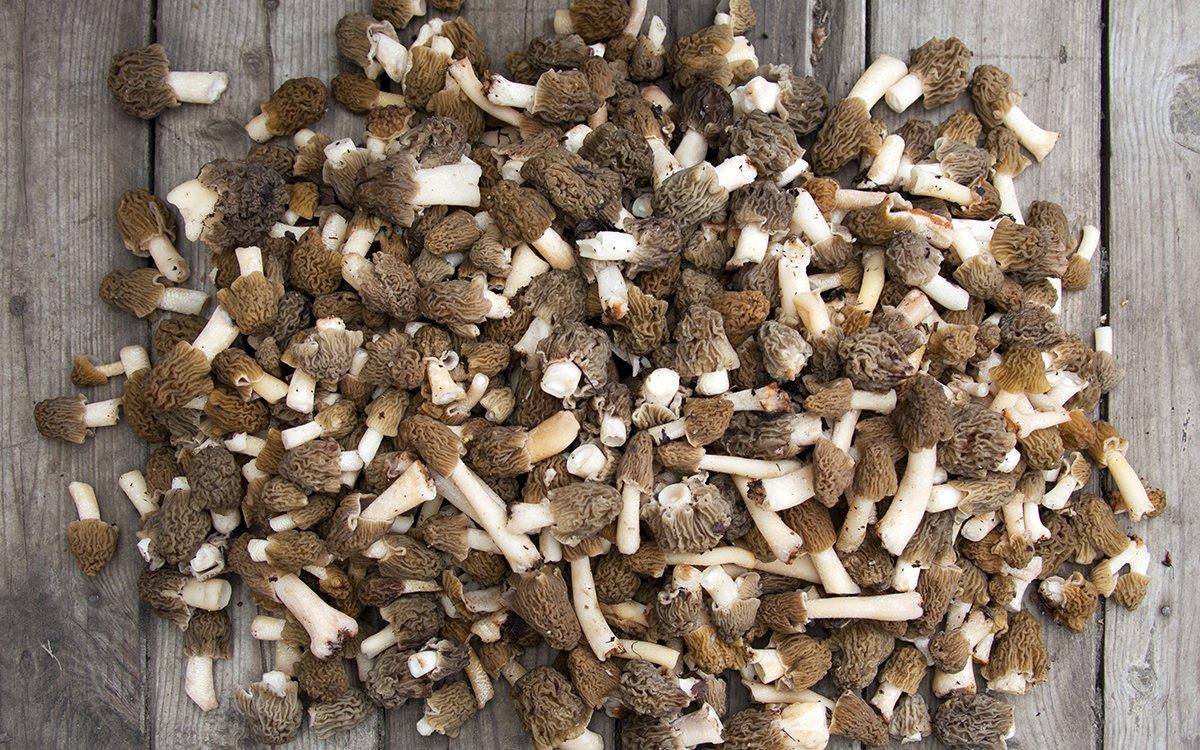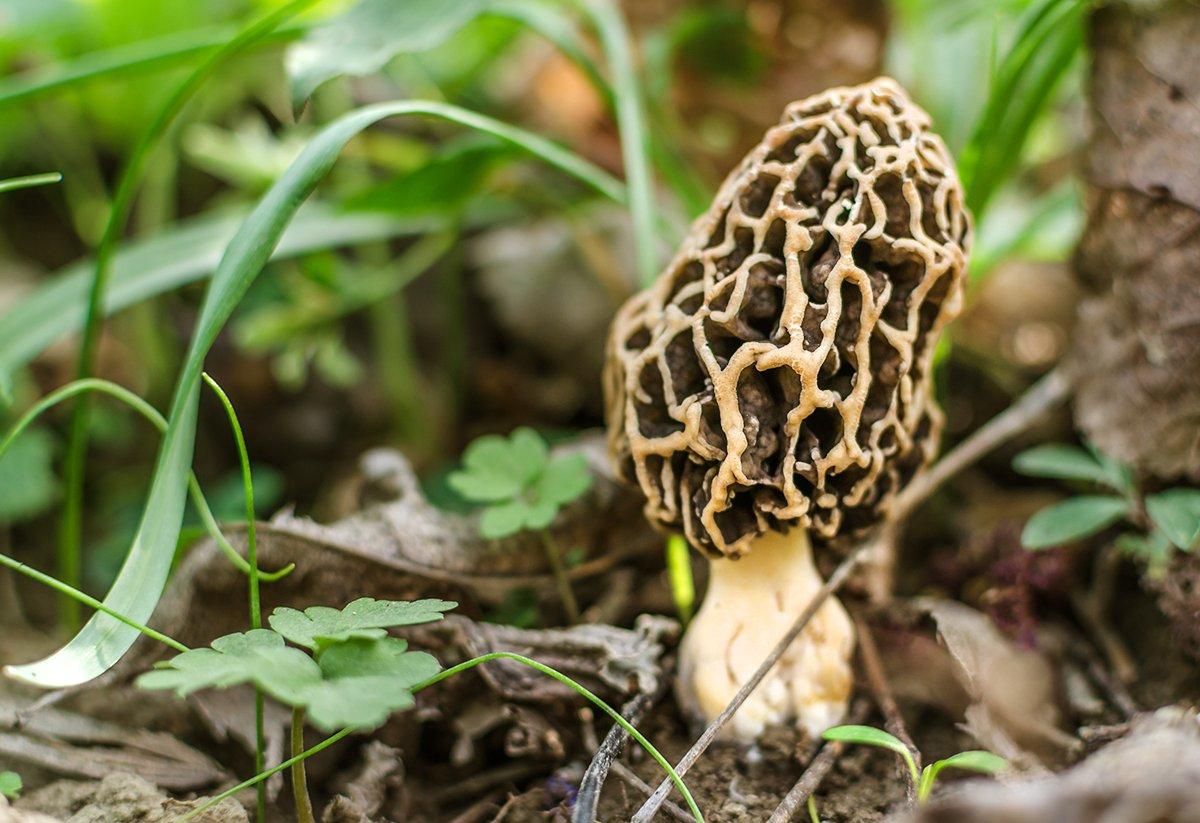Are You a Mushroom Hunter During Turkey Season?
Spring turkey hunts often have a way of turning into morel hunts for the fortunate hunters who live where the delectable wild mushrooms grow. Though gobblers can be fickle and hard to find at times, morels are usually a sure bet after daytime air temperatures start averaging beyond 65 degrees during the day, and seasonal rains cause the mushrooms to pop up literally overnight.
Morels are known by a variety of names - sponge mushrooms, honeycombs, dry land fish, pine cone mushrooms, hickory chicks and others - and range from as far north as Michigan, south along the southern Appalachians, west through the Missouri and Arkansas Ozarks and their foothills, the major river drainages of the Midwest and upper South, and everywhere in between.
Though the relatively small, inconspicuous mushrooms don't take up much room in a turkey woods, there are a few common denominators that make it easier for hunters to find them.
Search in Hardwood Forests
Morels and turkeys have one thing in common; they flourish where there are lots of deciduous trees. Over the years, the humusy soil typical of hardwood forests creates an ideal bed for morels. They might grow in clusters or colonies, or scattered in singles, along the sides of ridges and hills in well-drained, loamy soil.
Look for Clues
Morels can be difficult to spot. Most only grow to about 4 inches tall, with creamy-colored stems and light tan to brown caps that are an inch or two across. When scouting for morels, look instead for conspicuous springtime plants that flourish in the same soil types as morels. These might include mayapples, or umbrella plants, and trilliums, with their unique three-leaf stems. The presence of such plants is no guarantee that morels are growing among them, but it's a pretty good indicator that they're around somewhere close.
Hunt Thoroughly
If possible, waypoint the places you find morels on a handheld GPS, and return there in successive years because colonies of morels usually sprout up in the same neighborhoods. The mushrooms spread by tiny airborne spores, and a lot depends on which way the wind was blowing the day those spores were released into the air, and how forceful the wind was at the time. If you don't find mushrooms where they were last year, search around in all directions for several dozen yards before giving up. When the weather becomes consistently hot, morels disappear until the following spring.
Hunting morels can be a tedious undertaking, especially in hill country, but the payoff is well worth the exercise. Sautéed and then drizzled over grilled wild turkey breast, morels are in a culinary class by themselves.
Bonus Read: Go here for Michael Pendley's Crispy Fried Morel Mushrooms and Turkey Fingers recipe.
Go here for more Realtree turkey hunting. Follow us on Facebook.
Editor's note: This Realtree.com turkey blog was first published April 11, 2017.








